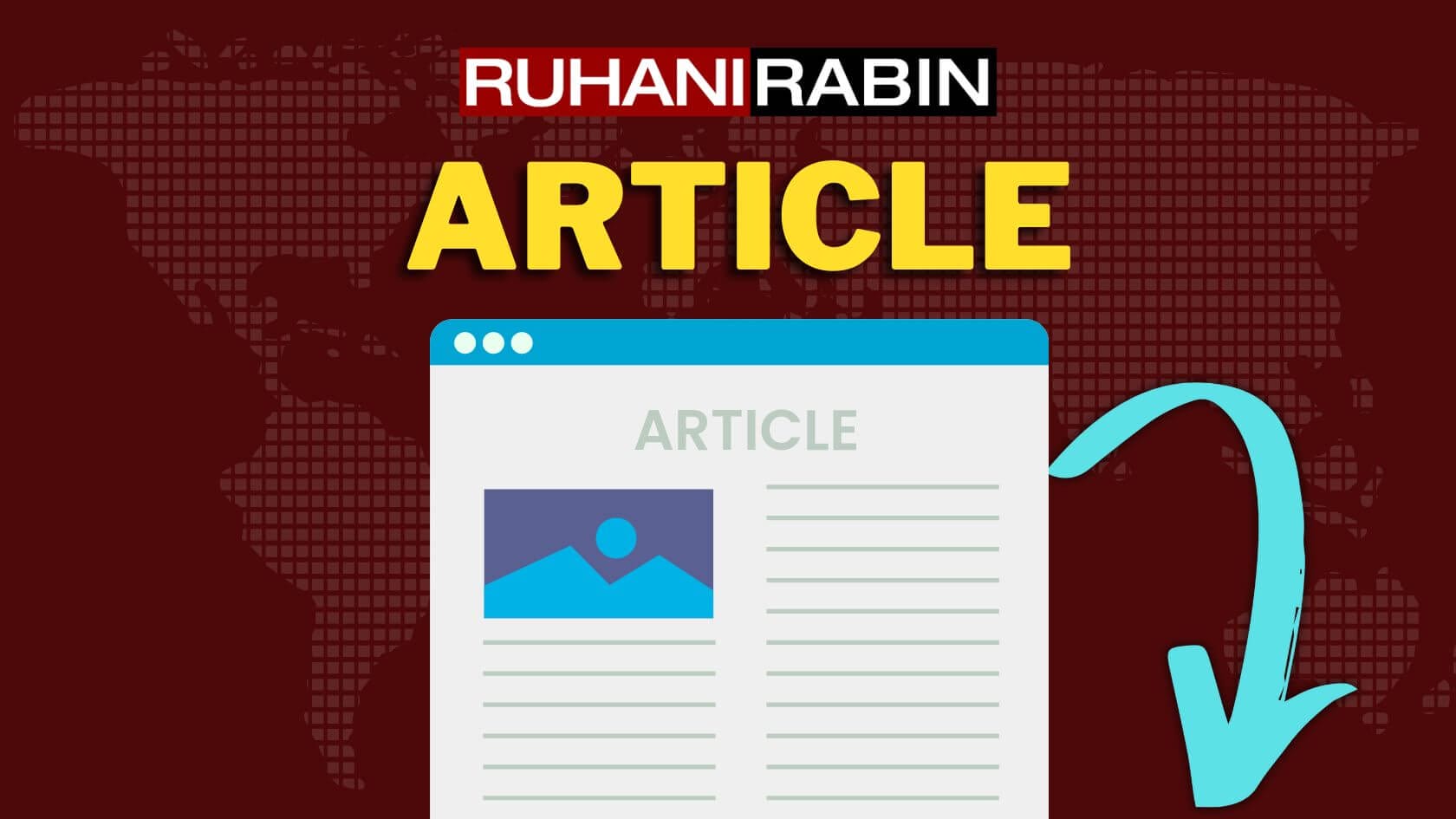Web Design Clichés and Expectations
The word cliché is one with generally bad connotations and try to avoid. However it’s important to note that a cliché is not necessarily always a bad thing, and rather just simply means that it’s used often and isn’t particularly imaginative. Clichés become clichés because they’re successful and because they work.

The word cliché is one with generally bad connotations and try to avoid. However it’s important to note that a cliché is not necessarily always a bad thing, and rather just simply means that it’s used often and isn’t particularly imaginative. Clichés become clichés because they’re successful and because they work.
In web design, there are plenty of clichés and many things that we expect to see when we look at a site. You can look at any website and generally just tick off any number of tropes and trends and are bound to exist. Here we will list a few of them here – but just know that the aim is not to tell you that you absolutely must avoid these clichés – rather it’s just to make you aware of them so that you can opt to include them in your design to help you fit users expectations or leave them out on purpose in order to create something completely unique and different.
Get the Best Updates on SaaS, Tech, and AI
Menus Along the Top or Down the Side
Almost every single website in the world has a menu along the top or down the left or right side. This makes sense because it’s where our eyes automatically look, and because it means that people know where they need to look if they want to navigate around the site through previous experience. You don’t want to turn away someone new to your site by letting them get lost or not making it clear where to go, but that doesn’t mean that this is the only way to introduce intuitive navigation to your site and something unique would certainly stand out.
Logo At the Top
The logo of almost every site goes up the top and usually on the left. This again is a design feature that is almost universal which is simply down to the fact that it’s so useful for helping people to identify the site they’re on and thereby for strengthening a site’s branding. However, people may also notice a logo particularly if it wasn’t where they expected and this could cause them to look out of interest or curiosity. I’ve always thought a logo down the bottom or along one side could look quite interesting.
Single Windows
In between your logos and your menus goes your content in what could be described as a window. Almost every single website features one prominent window like this in the middle and that’s what everything revolves around. However though you could also consider making your site have more than one window – how might that work? Could you use the second window to illuminate some of the information presented in your first one?
Black on White
Black writing on a white background works because it’s easy to read and again very recognizable. However seeing as most of us scroll right down the page and don’t look at the menus or the text (we tend to reach each site via Google), it’s not uncommon for every site to end up looking the exact same – or at least in our mind’s eye. If you want your site to be more memorable and more interesting you could consider making your content more stylized – as long as it is still easily legible.
Metaphor
Hundreds of websites use some kind of metaphor to make their site seem like something else – a navigation on a picture of a phone for instance, or content that mimics the turning pages of a book. Why must every new design be essentially based on some kind of old design? This is a cliché that I find to be particularly tired, and it’s one that we could do without.
FTC Disclosure: The pages you visit may have external affiliate links that may result in me getting a commission if you decide to buy the mentioned product. It gives a little encouragement to a smaller content creator like myself.



8 responses to “Web Design Clichés and Expectations”